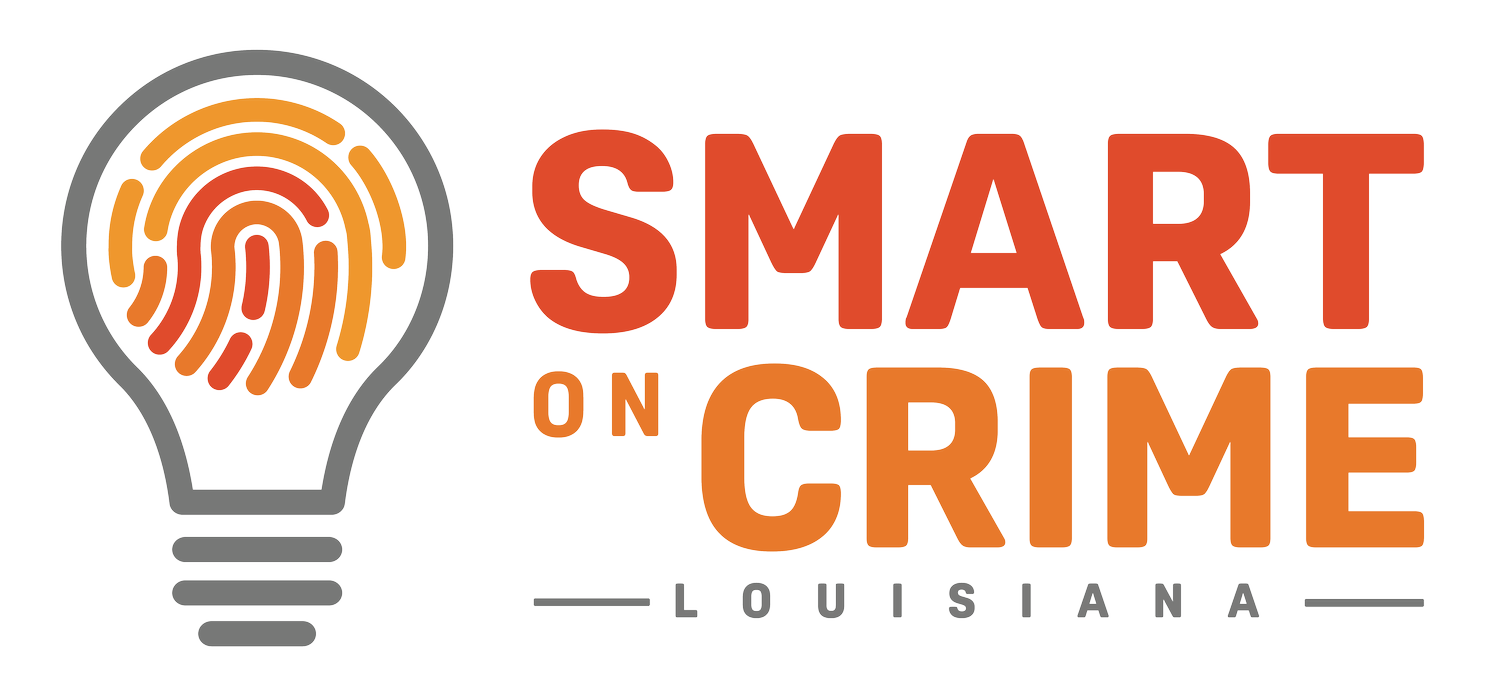Smart on Crime in the Capital City: Using Data-Informed School Interventions
Contrary to national trends, homicides increased in Baton Rouge last year. The spike is particularly devastating when considering Baton Rouge’s long run as one of the most dangerous cities in the state. This month, the Baton Rouge Area Foundation released a report analyzing the relationship between education and criminal justice. The data indicates that the majority of murderers never completed high school, and other signs of educational disengagement accompanied this finding. The strong correlations outlined in the report point to the power of education as a preventative measure, and the urgent need for more and better educational options with opportunities to engage families in the process.
Preventable circumstances can lay a foundation for a life of crime and hardship. The study, “Disrupting Violent Crime, New Approaches for Preventing Violence in Baton Rouge,” notes that the main perpetrators of violent crime in Baton Rouge are young men, 70% of whom do not complete high school. It proceeds to list five signals of disengagement that often lead to dropping out of high school: low readiness for kindergarten, chronic absenteeism, behavioral incidents, inability to read at a basic level, and inability to perform math at a basic level. The clarity of connection between lack of access to education and violent behavior highlights the value of proactively addressing these signals.
Galvanizing and improving the education system of Baton Rouge requires bold solutions: attracting and retaining top educator talent, giving educators the support they need to address learning gaps, prioritizing proficiency in core academic subjects, and engaging parents and caretakers to walk alongside their children.
It is also necessary to look beyond traditional settings and government zoned schools. When families can find a school or educational program that fits their needs and addresses common contributing factors to disengagement, high school completion becomes a more viable option. Charter schools and education savings accounts (“ESAs”)—like Louisiana’s new LA GATOR Scholarship Program—empower parents and caretakers to choose the right fit for their children, access tailored supports and interventions, and set them up for success. These options also allow them to more easily pivot when a change in environment or academic strategy is needed.
Benjamin Franklin wrote, “an ounce of prevention is worth a pound of cure.” Preventing violence years before it has the chance to emerge could save taxpayer dollars, and most importantly, lives. Supporting children and families in their education journeys can have far reaching positive impacts for communities-particularly lower income ones, and can contribute to reversing the homicide trends in our capital.
Understanding the relationship between school attendance and violent crime highlights the wisdom that accurate and current data can bring. Louisiana school systems should continue to prioritize high quality data and communications systems that make insights available and change possible for both schools and the court systems with which they partner regarding truancy. And better yet, when students and families are allowed to actively choose their school because of its offerings and overall “fit,” instead of being forced to attend one, they are more likely to engage.
These foundational priorities of core teaching and learning, family engagement, and educational freedom have the power to reverse the troubling trends that have long plagued Baton Rouge and change the trajectory of the city’s young men’s lives for the better. School leaders and community partners are wise to identify these key levers and begin intervening as quickly as possible.
